Style
A New Fashion Tome Pays Homage to London’s Bloomsbury Set, the Art Iconoclasts Who Inspired Kim Jones’s Fendi Couture Debut
"The Fendi Set: From Bloomsbury to Borghese" documents the collection and its genesis through lush, dreamlike photos.
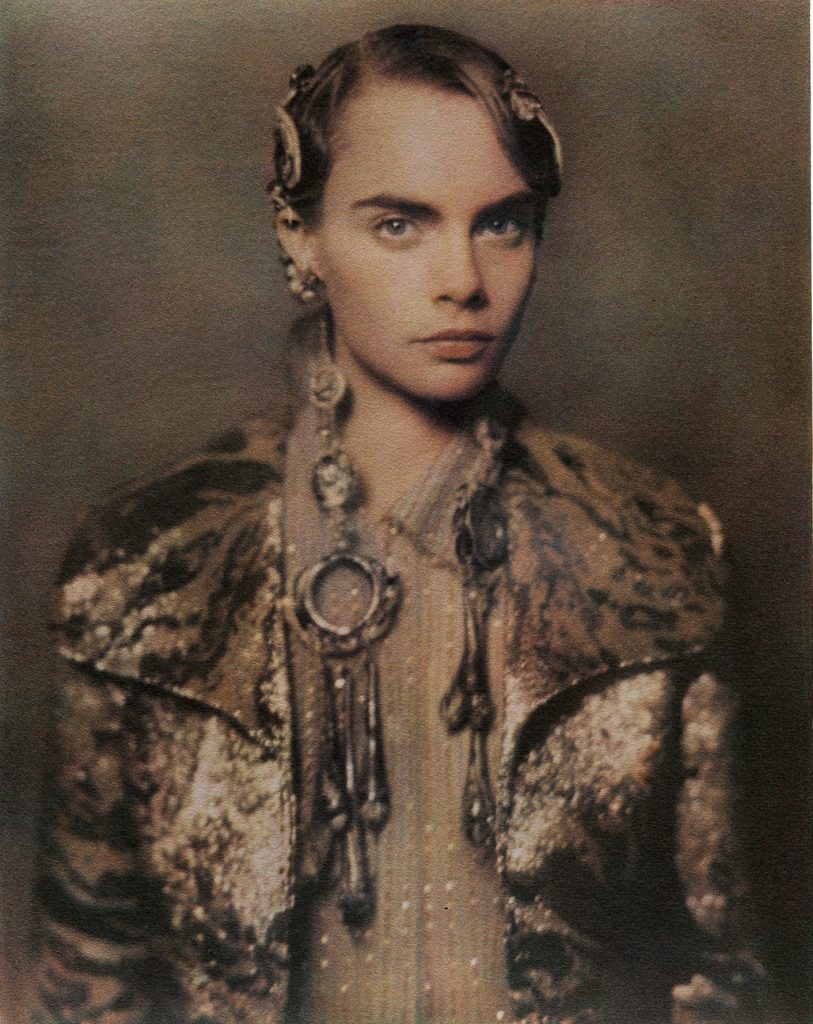
"The Fendi Set: From Bloomsbury to Borghese" documents the collection and its genesis through lush, dreamlike photos.

William Van Meter

You know you’re in store for an intellectual swerve into fashion when Virginia Woolf’s disembodied voice opens a runway show.
“Words, English words, are full of echoes, of memories, of associations—naturally,” she said in a 1937 BBC clip, the only known surviving recording of the writer’s voice. “They have been out and about, on people’s lips, in their houses, in the streets, in the fields, for so many centuries.”
For his first-ever couture show and debut for Fendi, Kim Jones’s jump-off for spring 2021 was the Bloomsbury Group, the unofficial gathering of forward-thinking and libertine aesthete writers, philosophers, and artists, named after their London West End neighborhood turf. Besides Woolf, members included the painters Vanessa Bell, Duncan Grant, and Roger Fry, the writer Clive Bell, and the economist John Maynard Keynes.
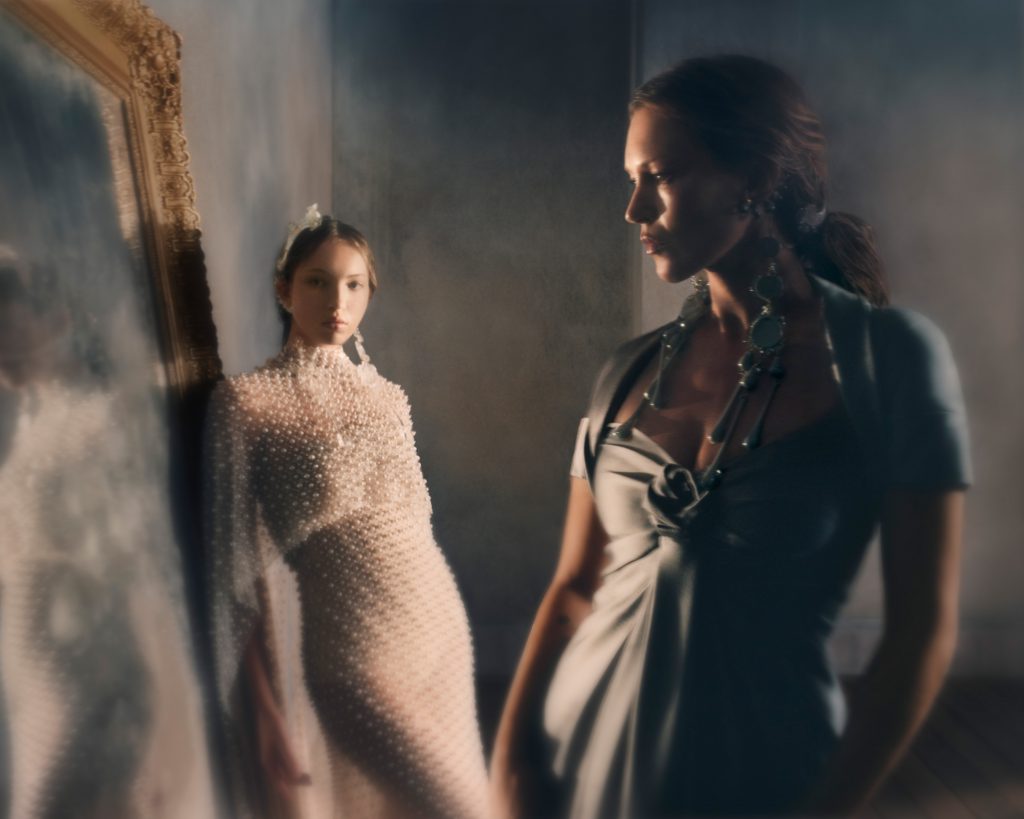
Kate and Lila Moss by Nikolai Von Bismarck (courtesy of Fendi).
Jones wasn’t trying to make a heady, intellectual reach. He had been fascinated by the collective since his adolescence in Lewes, an East Sussex town where Bloomsbury’s extended auxiliary resided.
“I must have been about 14 when they came onto my radar,” Jones said in a statement. “Lewes is quite bohemian, and the Bloomsbury Group and Virginia Woolf were often discussed within my group of friends.”
One of Jones’s main strengths as a designer is the depth of his artistic passions and his desire to share them. He celebrates the artists that inspire him and intertwines them with his work.
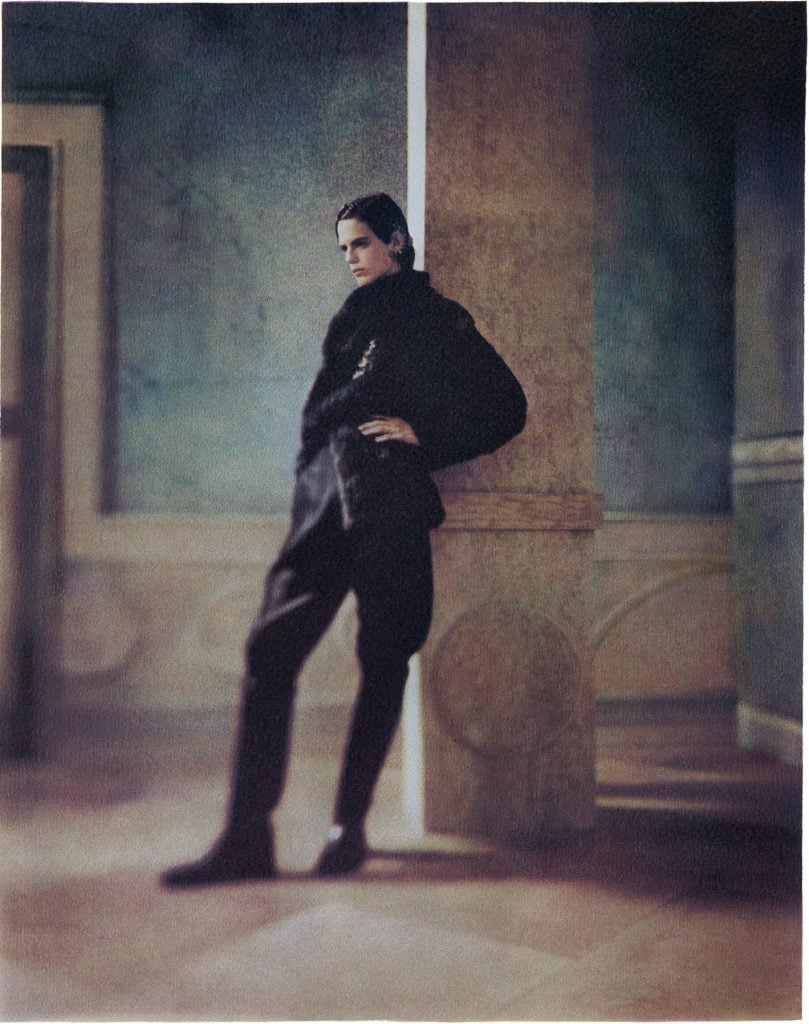
“I own Vanessa Bell exhibition catalogues which tell you exactly when she was in Rome with Duncan Grant and these catalogues, alongside the diaries and letters were key to bringing the narrative together for me. Virginia Woolf wrote wonderful introductions describing where and when her sister had painted in Rome,” Kim Jones said of his research. Photo by Nikolai Von Bismarck (courtesy of Fendi).
There’s mostly been a graphic/pop spin in his collaborations for Dior Men, where Jones is creative director. Pairings have included KAWS, Kenny Scharf, Raymond Pettibon, Peter Doig, and Daniel Arsham. They work because they’re so genuine; Jones’s fanboy expertise is studied and real. His team-ups with artists saturate the entire main collection and not just a capsule of a few pieces. He doesn’t just slap an artist on a project for PR purposes and buzz.
For his first outing as artistic director of womenswear and couture at Fendi, Jones reveled in exploring artistic infatuations that didn’t have to be menswear or streetwear-adjacent.
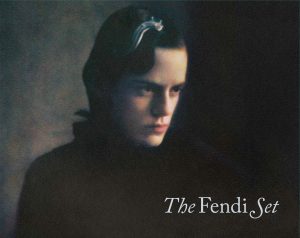
The Fendi Set documents Kim Jones’s debut haute couture collection and its Bloomsbury Group genesis.
Jones enmeshed the Bloomsbury narrative with that of the Italian house Fendi by focusing on a little-known historical segue: Woolfe and Co.’s frequent and rich trips to Rome and Tuscany that informed the groups’ varied output.
The Fendi Set: From Bloomsbury to Borghese documents the exhilarating couture collection and its genesis. It is an untraditional fashion tome.
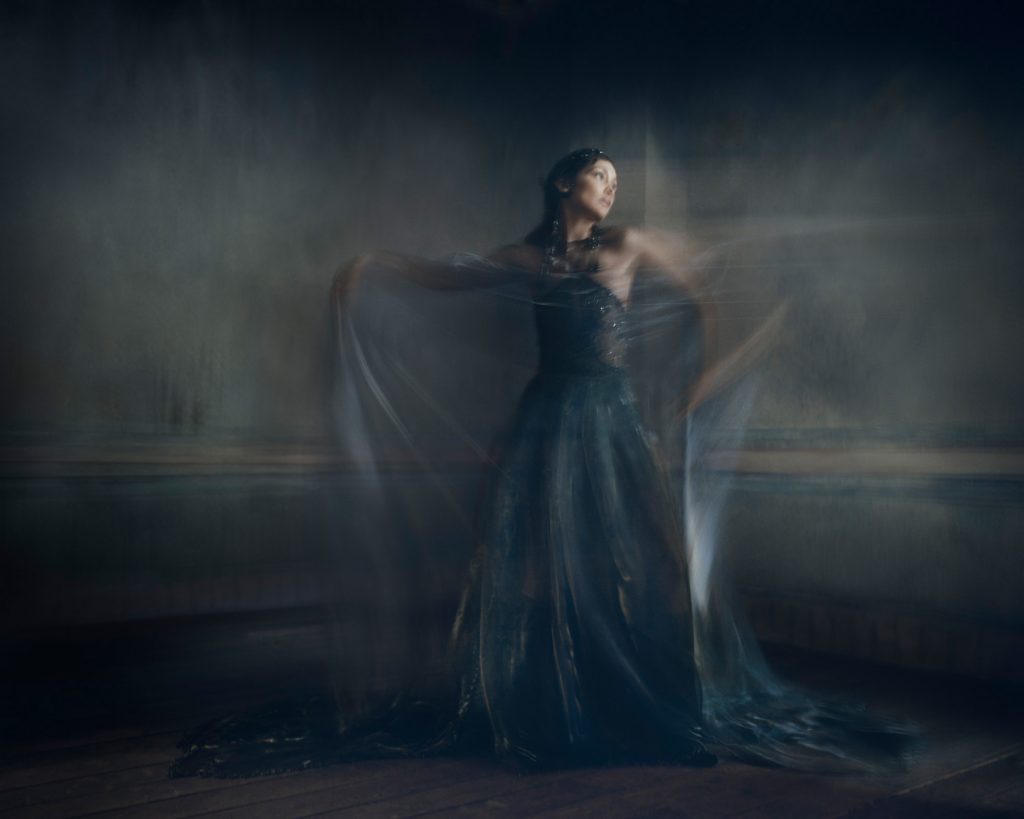
“It was important for me to use some of the technology of the period which existed around the time the Bloomsbury Group was flourishing,” Von Bismarck said. (Bella Hadid by Nikolai Von Bismarck, courtesy of Fendi).
Part apparition, part artifact, and part meditation on the past, Rizzoli’s 240-page hardcover book compiles facsimiles of Bloomsbury letters and diaries alongside images shot by Nikolai Von Bismarck, who captured the show’s models in their runway ensembles (including Kate Moss and her daughter Lila, Naomi Campbell, and Christy Turlington). Tilda Swinton wrote the preface, and Bloomsbury scholar Mark Hussey penned the introduction.
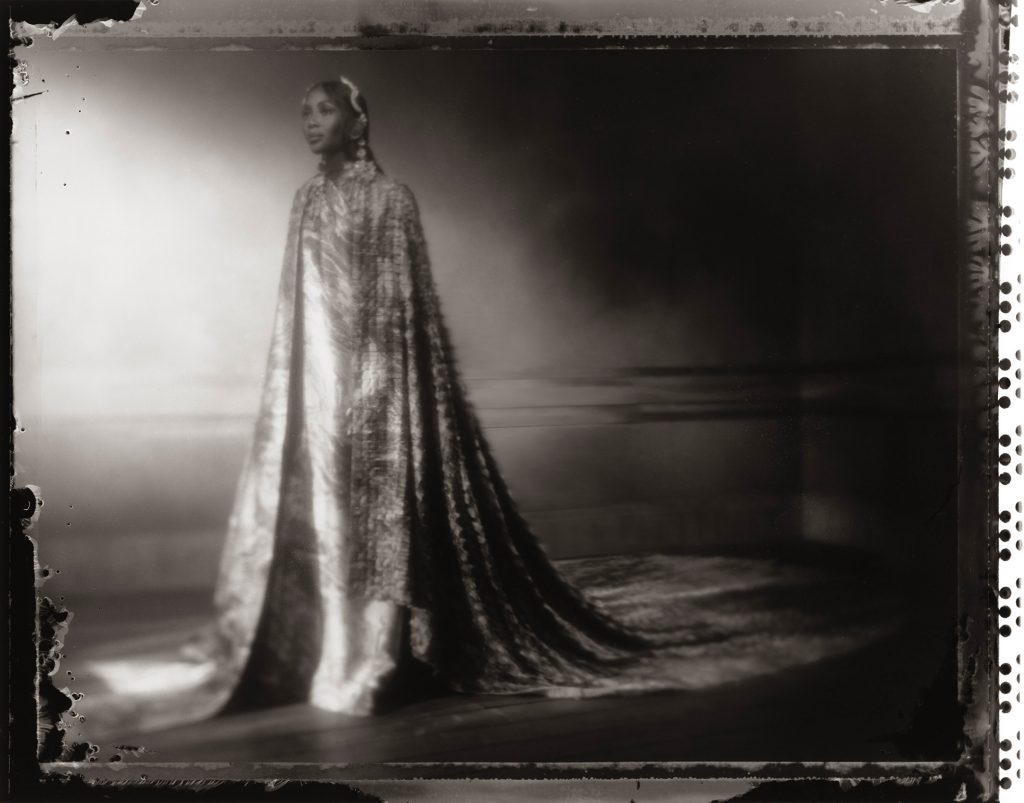
“Whether shooting landscapes, interiors or models, I wanted to maintain an ethereal sense of dreaminess, with figures that are occasionally ghostlike and who seem to drift on the page,” Jones said. (Naomi Campbell by Nikolai Von Bismarck, courtesy of Fendi).
Besides the portraits, Von Bismarck documented Bloomsbury haunts in a series of landscape and interiors photos. As a whole, the images have a timeless romantic quality, the supermodels are often unrecognizable, and they can easily be misconstrued as a glimpse into a lost era.
Or as Jones put it in a statement: “I wanted a ghostly atmosphere, a dreamlike quality.”